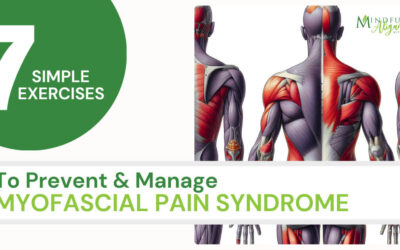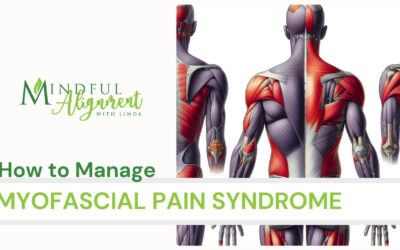Now is a Good Time to Break Habits and Routines
Research conducted at Duke University concluded that habits make up 40% of our behavior
‘Habits’, good and bad ones, are a part of everyone’s life. Many think that a habit is a negative act, but some practices are useful, such as table manners. Some are more neutral such as what shoe or sock you put on first – right or left. Procrastination is one of those habits that falls into the not so good category.
Some habits you are aware of, while others are repeated without notice. Overall, habits require very little thinking to execute. They are mostly subconscious behavior.
A habit is an automatic response; something one does very frequently without specific awareness.
It’s never too late to change a habit
Some of us feel powerless over our habits. Sometimes you may notice that you just did something that was habit-driven and even commit to change it, only to discover that you can’t. Dr. Michael Gregor, author and professional speaker on public health, mentioned in a recent COVID webinar that adults touch their face 16 times per hour on average. Touching your face is one habit that you probably want to change. You may have even thought that you did already — only to discover that you continue the frequent touching of your face.
Habits affect all areas of your life:
- How and when you eat
- Your sleep schedule
- Whether you exercise
- Where you get your favorite cup of coffee
- Your favorite news channel or social media platform
- What you wear
These are just a few examples of habit activities
Habit is the reason you wear the same outfits frequently
Take time to notice how often you wear the same clothes week after week. Many of your clothing items stay in the back of the closet and never see the light of day.
Why?
Because you’ve developed a habit and comfort level of wearing another item instead, so making a specific selection was not required.
Change isn’t easy, but it challenges us positively and breaks up our routine
So, you know it won’t be easy to go about changing a habit.
Changing your environment is one way to improve your habits. Maybe you’ve noticed that since you have been sheltering in place, you’ve developed new habits. Being home 24/7 has disrupted your usual patterns, making you think more often and more deeply about what you are doing from moment to moment.
Another way you can change your habits is to be intentional.
Many experts agree that a great way to start the day is to plan how to start the day. That plan might consist of journaling, reflection or meditation, and stretching or exercising. Remind yourself what you are grateful for by setting a positive intention as you start the day. Take 5-10 minutes before you go to sleep to review the day. Even write down in your journal the most memorable moments or what you would like to change.
Learn to be present
Being present is also helpful because you can’t change what you don’t acknowledge. Mindfulness helps you be more present. Meditation and reflection will clear your mind from those constant thoughts that distract you — thereby reducing anxiety and rumination while improving your awareness. Mindfulness helps you to see things more clearly. Once you learn more about your entrenched ways of being and your habits, you can make any needed changes.
Change does not happen overnight
It’s a process – a journey. You may be living at the same location, but your daily routine has changed. Take advantage of this current opportunity before we start regularly leaving our homes again and develop new good habits.
It’s never too late. Start today!
Are you tired of living with pain?
Are your activities and daily choices determined by your level of pain?
Are you ready to change your life for the better and gain back your physical freedom?
My unique and custom designed approach comes from years of training, education and experience. Together, we will get you back to living pain free and enjoying life.
Sign up for a private session today
It’s never too late to try something new.

Related Articles:
Transforming Your Relationship with Back Pain: A Mindset Revolution
Back pain is more than a physical challenge—it's a profound psychological journey. The real battle isn't just in your muscles and joints, but in your mind. Your thoughts can either be a prison or a pathway to healing. Reframing Your Inner Narrative When chronic pain...
Embracing Change: A Journey of Small Steps
Embracing change through small steps: Focusing on small, consistent steps emphasizes sustainability and avoids overwhelming change, which is key to maintaining health goals.
Preventing and Managing Myofascial Pain Through Exercise
Prevent and manage Myofascial Pain Syndrome in the back with these daily movements and targeted exercises. This approach provides an effective solution.
Myofascial Pain Syndrome and How to Manage It
Myofascial Pain Syndrome is a chronic pain condition that affects the muscles and fascia. Here are common causes and methods for management and prevention.




